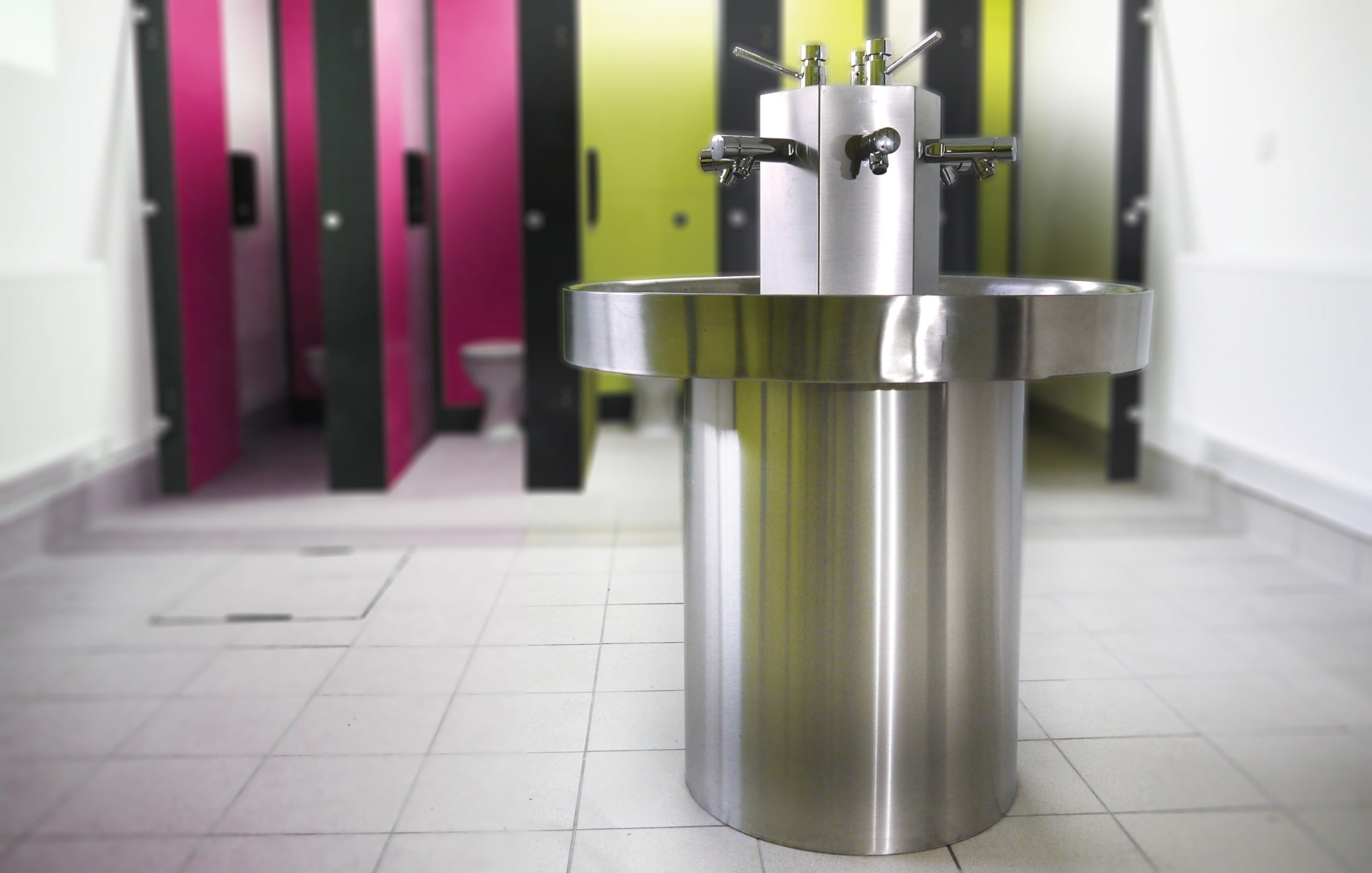Anti-bullying, encouraging unisex washrooms
Anti-bullying, encouraging unisex washrooms.
By definition, bullying is "to use superior strength or influence to intimidate (someone), typically to force them to do something." However, the very nature of bullying is subjective, as everybody has a different view and opinion of what bullying actually is. The National Anti-bullying survey 2017 found that 20% of all young people have experienced some form of bullying in the past year. But this problem has been happening for many years, and school toilets have been a prime spot for bullying and anti-social behaviour. Below are some steps that can be taken to prevent and reduce bullying incidents within washrooms actively.
Bullying in the washroom - the facts
The BBC confirmed that bullying is an issue within schools, particularly in toilets, stating that "There is a very real issue around bullying in schools, with toilet blocks recognised as a hotspot for bullies to target those they choose to intimidate and threaten," they went on to suggest that "making toilets unisex would discourage pupils from congregating in the area." This has resulted in a new design trend for creating unisex washrooms in schools, with particular designs, the risk of students being bullied in the future can be reduced.
Another primary reason why one in four secondary school pupils avoiding school toilets is that they are 'disgusting' an article from the independent states. So design and hygiene need to be considered when asking why children avoid using the loos. Designing the toilets with a large open-plan layout where supervisors or teachers can see what's happening can reduce the risk of bullying and anti-social behaviour. Hidden corners or small alcoves are where pupils may be at higher risk of bullying; therefore, this should be eradicated wherever possible.
Opening up school washrooms
Over the years, there have been many adverse opinions on unisex washrooms, particularly with some parents believing the move to the unisex washroom is "an invasion of privacy" and suggesting it would leave children vulnerable to sexual harassment and bullying (Express, 2017). On the contrary, this can be a brilliant way of preventing bullying; the idea is to install two lots of cubicles in a large open plan space, then have one side for males and one for females. Washbasins can be provided in the centre of the room for all users to share. Unisex and shared washrooms also help with transgender equality, a positive for students who don't identify with a particular gender. This allows them to use the toilets, whether male or female, creating an option for everybody without them having to feel uncomfortable or intimated when visiting the washroom.
Evidence suggests that this design method can prevent bullying, as the washroom will be more occupied if both sexes use the same room. Fewer people are likely to be secluded one-on-one in the washroom, reducing the risk of intimidation as there may be support from other students. Other designs, such as floor-to-ceiling cubicles and vision panels, can also reduce the risk of bullying. Floor-to-ceiling panels reduce intimidation and give all students the privacy they need when visiting the toilet. Vision panels enable staff to monitor the washroom activity and report any vandalism or bullying. Therefore washrooms can be carefully designed without any compromise to privacy.
By having washbasins placed in the middle of the room pupils are less likely to be backed into a corner or up against a basin, for example the range of KWC DVS circular washtroughs has been purposely designed to reduce the risk of bullying in this way. The circular design is less intimidating as it gives students ample space around the area, leaving them less conscious about being pushed into a corner. There are also many other designs on the market for people worried about the issue of males and females sharing toilets. This is created by using separate male and female cubicle rooms and placing a unisex hand washing facility in the middle for both to use - creating a happy medium for all that still helps address intimidation within the washroom.
Not only do unisex washrooms help prevent the daunting experience of visiting the toilet, but they also can have enhanced hygiene factors. As mentioned above, students may avoid using the washroom at school due to poor hygiene. It was found that 36 per cent believe "they are never clean" (Independent, 2010). Introducing one unisex washroom to cater to all the students allows cleaning and maintenance to be carried out more regularly, creating a cleaner space as there are fewer rooms to manage. Commercial Washrooms have put forward a case for unisex washrooms in an article that considers the positive and negatives of shared washrooms - you can read the article here.
Design inspiration
Even though we cannot simply stop bullying by changing the washroom environment, we can try to reduce the number of occurrences by improving poor washroom areas. If you are looking for more inspiration or advice on unisex washrooms, please contact one of our team if you have a particular project in mind or want more information on the KWC DVS portfolio.
References
Baines, N. (2015). A Case For Unisex Washrooms | Commercial Washrooms. [online] Commercialwashroomsltd.co.uk. Available at: https://www.commercialwashroomsltd.co.uk/blog/a-case-for-unisex-washrooms [Accessed 1 Jun. 2018].
Express.co.uk. (2017). School sparks OUTRAGE after unveilling plans for unisex toilets. [online] Available at: https://www.express.co.uk/news/uk/814635/Unisex-toilets-school-outrage-parents-Shelley-College [Accessed 18 May 2018].
ITV News. (2017). Boys and girls share school toilets to cut bullying. [online] Available at: http://www.itv.com/news/anglia/2017-11-03/boys-and-girls-share-school-toilets-to-cut-bullying/ [Accessed 18 May 2018].
Kirby, J. (2018). School toilets are 'disgusting', say pupils. [online] The Independent. Available at: https://www.independent.co.uk/life-style/health-and-families/health-news/school-toilets-are-disgusting-say-pupils-2106969.html [Accessed 18 May 2018].
News.bbc.co.uk. (2018). BBC NEWS | Education | School toilets' bullying fears'. [online] Available at: http://news.bbc.co.uk/1/hi/education/7213977.stm [Accessed 18 May 2018].
News.bbc.co.uk. (2018). BBC NEWS | Education | Unisex toilets to tackle bullies. [online] Available at: http://news.bbc.co.uk/1/hi/education/6591105.stm [Accessed 18 May 2018].
